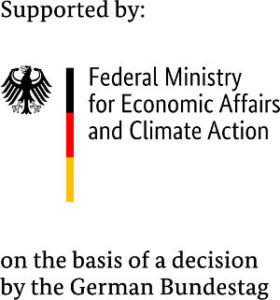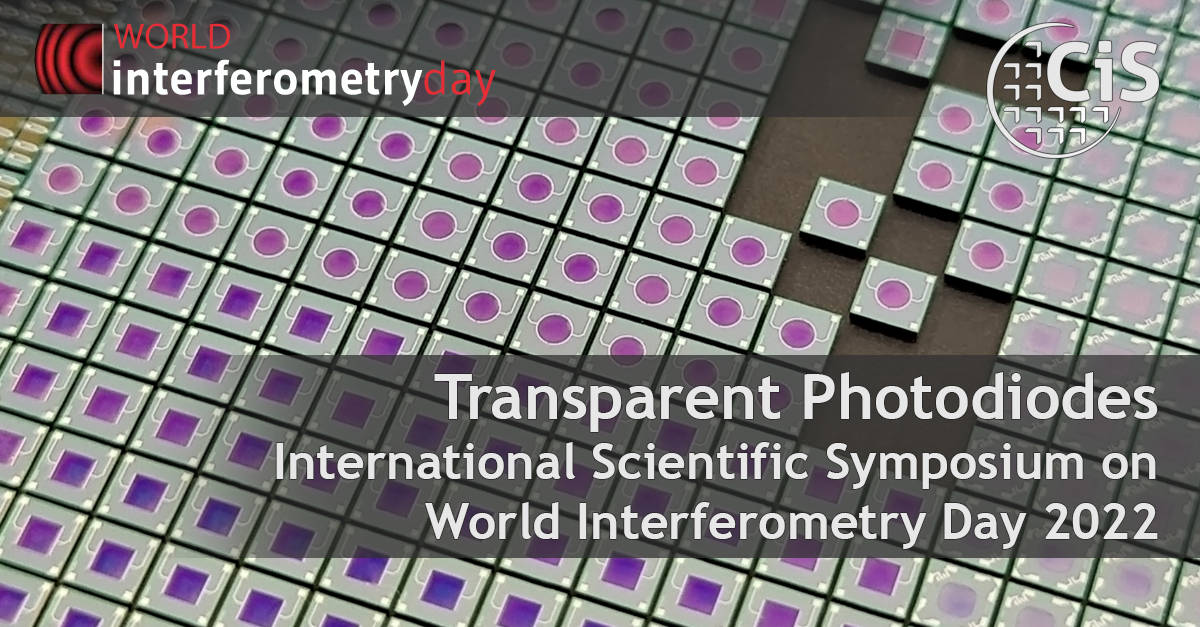Today the 2nd World Interferometry Day is celebrated at the TU Ilmenau. Numerous activities and experiments around the topic of interferometry as well as laser animations will take place on the campus of the Ilmenau University of Technology. The highlight of the program will be the evening repertoire of Prof. Manske on his laser harp. The popular science program offers the interested public the chance to get to know the measurement process, which is used for precision measurements and calibration.
Then, on April 11, 2022, an international scientific symposium will take place as an attendance event. Initiated by the TU Ilmenau, this event honors an optical measurement technique, the interferometer, which enables highly accurate and precise measurements of exceptionally small quantities and effects. Here, the interference of waves (light, sound, matter or water waves) is used to determine the quantity to be measured. A tumultuous development began about 140 years ago when Albert Abraham Michelson, together with Morley, set out to experimentally measure the relative motion of the earth in relation to the light ether. In the meantime, there are a variety of investigation-specific interferometers.
In a poster contribution our colleague Dr. Christian Möller will explain the topic “Transparent photodetectors for a standing wave interferometer”. These laser interferometers are used for ultra-precise distance measurements. In a double configuration (“tandem”) consisting of two such sensors it is possible to realize standing wave interferometers with direct resolution of the direction of motion. The advantage here is that the otherwise usual division into reference and sample beams becomes superfluous and systems can be realized much more simply and compactly. For this purpose, the scientists from the CiS Research Institute are developing transparent detectors whose active layers consist of doped silicon or polysilicon.
 The research and development work described is funded by the German Federal Ministry of Economic Affairs and Climate Action (BMWK) in the “Tandem Diode” research project.
The research and development work described is funded by the German Federal Ministry of Economic Affairs and Climate Action (BMWK) in the “Tandem Diode” research project.
Funding code: 49VF200011




